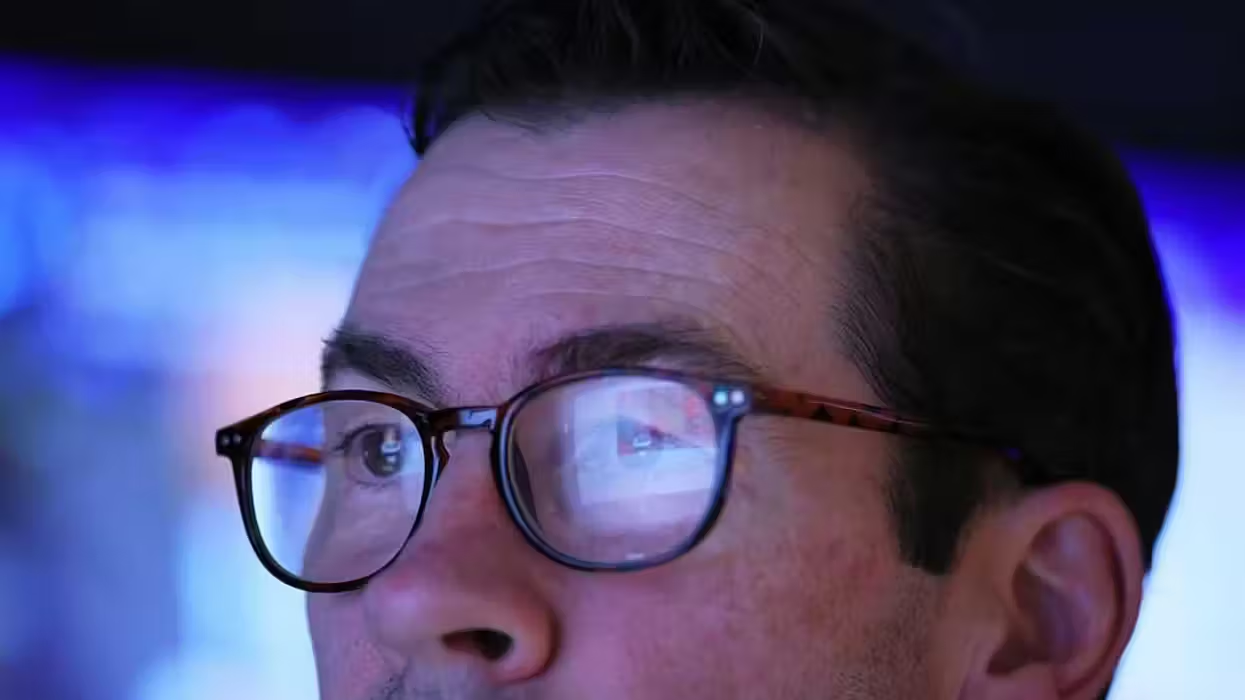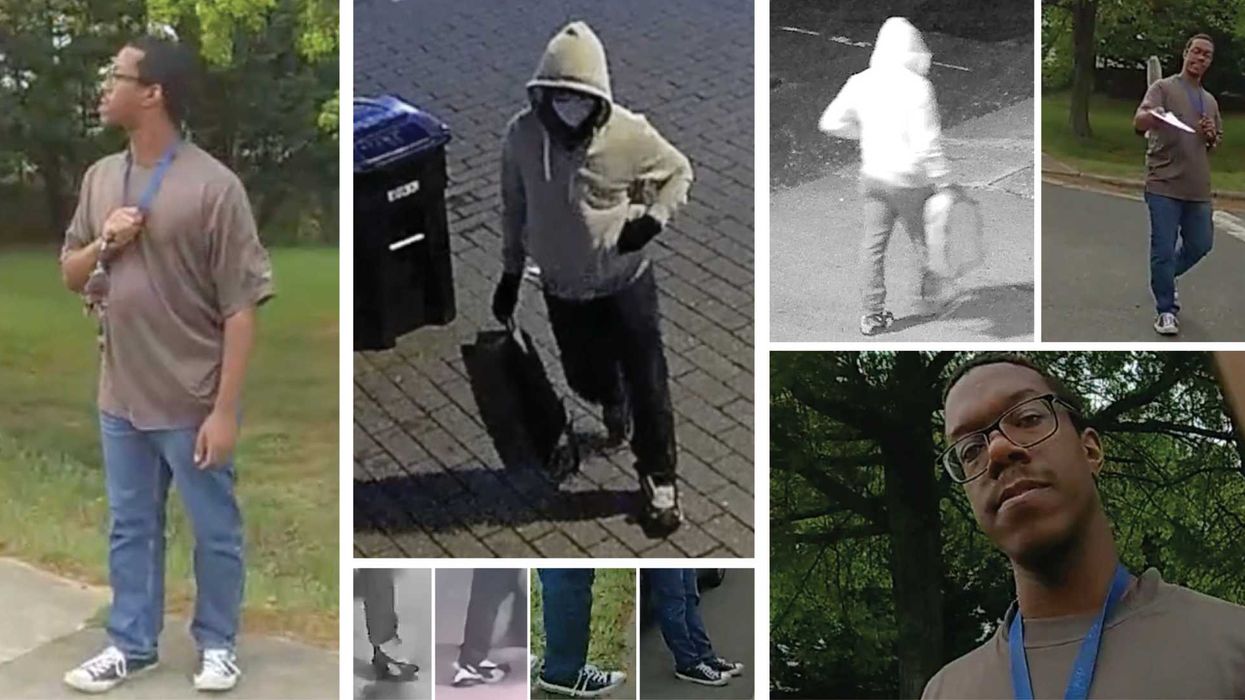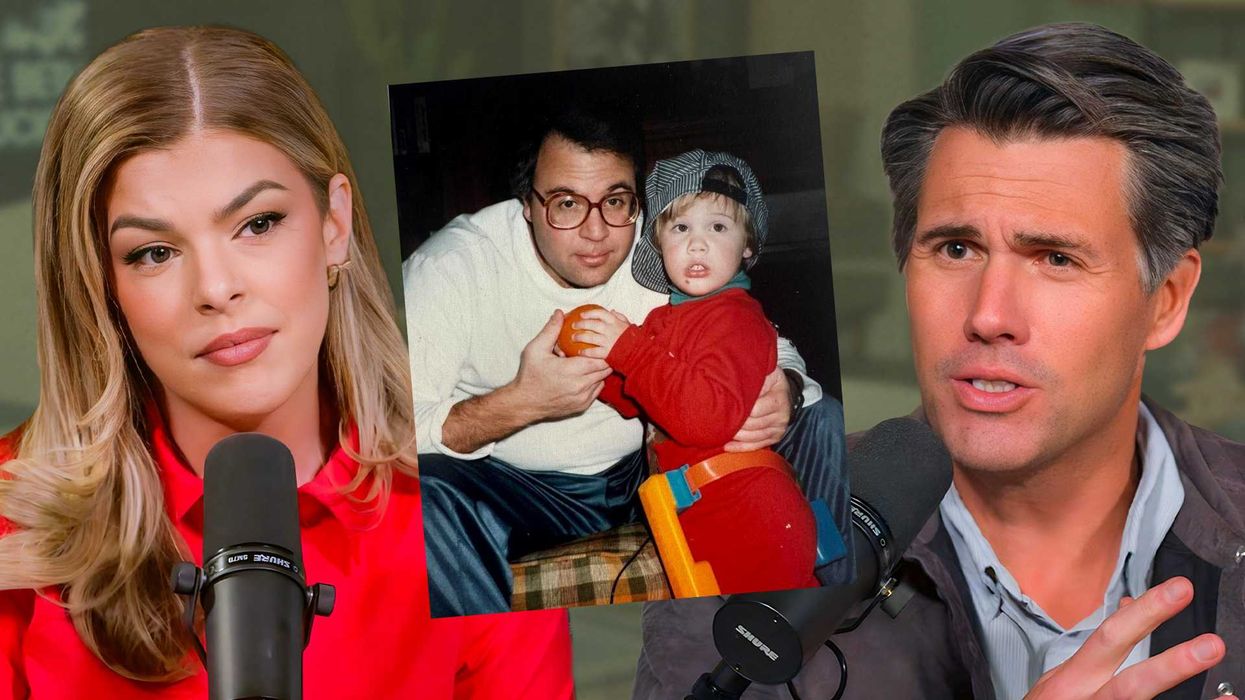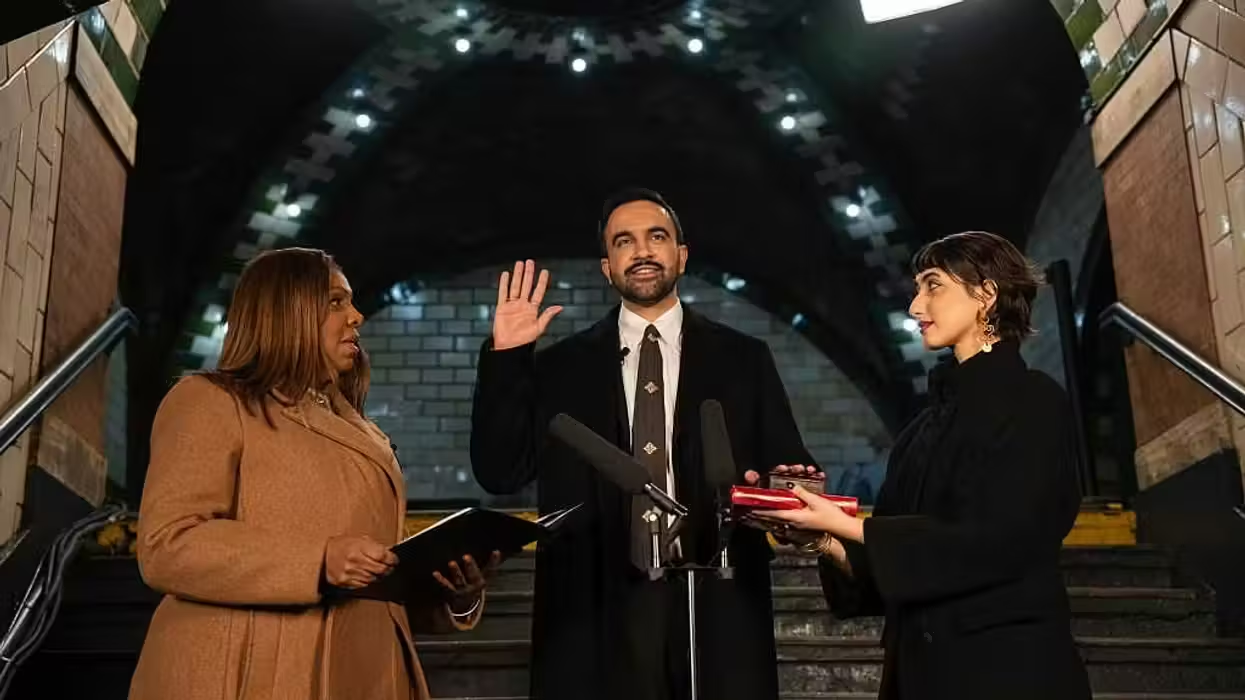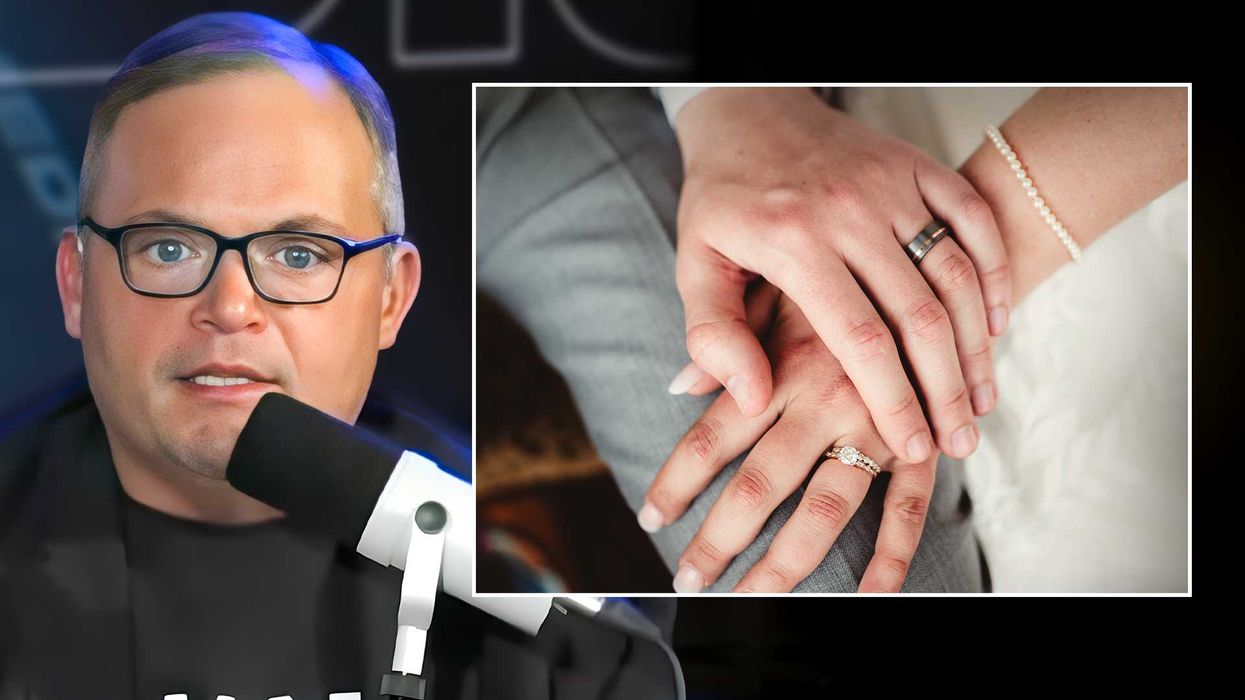A group of Boy Scouts was rescued early Father’s Day from a Canyon in Arizona, largely because they were prepared with all the necessary supplies and survival training.
As an Eagle Scout, this success story makes me proud of my brothers in scouting who were able to save others-- and themselves-- by using skills learned from the Boy Scouts.
But I’m not surprised. The Boy Scouts of America estimates that one in every 100 scouts will use his training to save his own life-- and another one in 100 to save someone else’s. There have been over 100 million scouts since the program started here in the United States in 1910, so that’s two million lives saved because of Boy Scout training.
 (Image: Shutterstock.com)
(Image: Shutterstock.com)
But this training goes beyond first aid and emergency preparedness. The BSA also offers and encourages firearm safety training.
When I was 12, I took up rifle shooting under the close supervision of a BSA shooting sports instructor. Before I even saw a gun for the first time, I went through rigorous safety training. I learned to always point the gun down-range and never at another person. Before I even pulled the trigger, I ha” a healthy respect for how powerful a rifle was and knew how to use it safely.
According to his classmates, the young gunman in the recent Reynolds High School shooting in Oregon was obsessed with firearms. Though what this young man did was unfathomable to many, it does not make him a “right wing extremist,” or “pro-gun radical.” This kind of unhealthy behavior comes from lackof proper exposure to firearms, not the respectful use of them.
While there are exceptions to every rule, learning about shooting sports didn’t cause my brothers in scouting and me to obsess over guns, quite the opposite: The more I practiced with a rifle in a responsible environment, the less fascinating the rifle itself became. To a safety-conscious marksman, a firearm is no more unusual or frightening than a kitchen knife or a drill, which are all useful tools that can hurt you if you use them improperly.
 A man fires an 22 Cal. look-alike AR-15 rifle at the 'Get Some Guns & Ammo' shooting range on January 15, 2013 in Salt Lake City, Utah. Credit: Getty Images
A man fires an 22 Cal. look-alike AR-15 rifle at the 'Get Some Guns & Ammo' shooting range on January 15, 2013 in Salt Lake City, Utah. Credit: Getty Images
By training young men in gun safety, the BSA isn’t doing anything radical either; young students had been educated about gun use for decades up until the mid 1970’s. It wasn’t uncommon for high schools to have gun clubs, with shooting teams often meeting — and practicing — on school property.
During this time, in New York City, students rode the subway with rifles slung across their backs, leaving their firearms in their lockers once they arrived at school. New York State hosted a statewide annual riflery championship for the 80 or so school districts that had competitive rifle teams.
Yet regular student firearm use did not lead to increased gun violence. In the entire decade of the 1960’s, when shooting sports for young men and women reached their height of popularity, there were but 17 total school gun-related incidents. Three of those incidents were accidents, and another entailed police firing on student protestors. That’s 17 out of every school and university in America, over the span of 10 years. Compare that to 31 gun-related incidents in the first six months of 2014.
Statistically, schools were actually safer when there were more guns around. Again, I’m not surprised because after the BSA safety training, pointing a firearm at another person is almost unthinkable to me. That’s exactly the state of mind that you want to instill in young men and women, and the Boy Scouts are one of the few groups that have maintained their high standards of gun safety and education.
 Ron, an NRA shooting instuctor, fires a high-power pellet rifle in the indoor range at the National Rifle Association (NRA) Annual Meetings and Exhibits on April 14, 2012 in St. Louis, Missouri. Credit: AFP/Getty Images
Ron, an NRA shooting instuctor, fires a high-power pellet rifle in the indoor range at the National Rifle Association (NRA) Annual Meetings and Exhibits on April 14, 2012 in St. Louis, Missouri. Credit: AFP/Getty Images
And education is key, because guns aren’t going anywhere. Even if there were an outright ban, firearms would still be smuggled into the country, of course, by those who want to make money and those who care little about gun safety — or the law, for that matter.
Just look at the United Kingdom, which enforces a near total ban on guns: there are still gun related deaths in the country, meaning that people are ignoring the laws and or smuggling guns through the UK's easily enforceable borders. If smugglers can get across the English Channel, then they can certainly get across our border.
For more than 40 years, we’ve been trying to reduce gun violence by regulating firearms sales and ownership, yet gun-related incidents have not declined. Is it so extreme to suggest, then, that regulation isn’t working? Treating guns as taboo objects only piques the interest of the kind of person considering violence against their peers. That’s exactly what we should be trying to avoid. Schools had the right idea with gun clubs, because they treated guns like another piece of equipment that you use with caution.
Alas, I seriously doubt that high school gun clubs and shooting sports teams will ever regain popularity, let alone public approval. But it is important for us to recognize that those groups actually did a huge public service by educating young Americans about gun safety, something the BSA did from the outset. That’s why it’s even more important that we support the efforts of groups like the BSA who continue to do so.
I admit, my situation is rare: The first time I was ever exposed to guns was in a safe, realistic setting. I shot a rifle before I even played a video game involving shooting. That’s exactly my point: BSA style rifle training should be encouraged, because it promotes a safe attitude, and a stable mindset.
It’s not about legislation controlling our guns; it’s about us learning to control ourselves.
Cole Ellenbogen is a student at Syracuse University. You can follow him on twitter @Cole_Ellenbogen, or contact him at Ellenbogencole@gmail.com
–
TheBlaze contributor channel supports an open discourse on a range of views. The opinions expressed in this channel are solely those of each individual author.


 (Image: Shutterstock.com)
(Image: Shutterstock.com)

